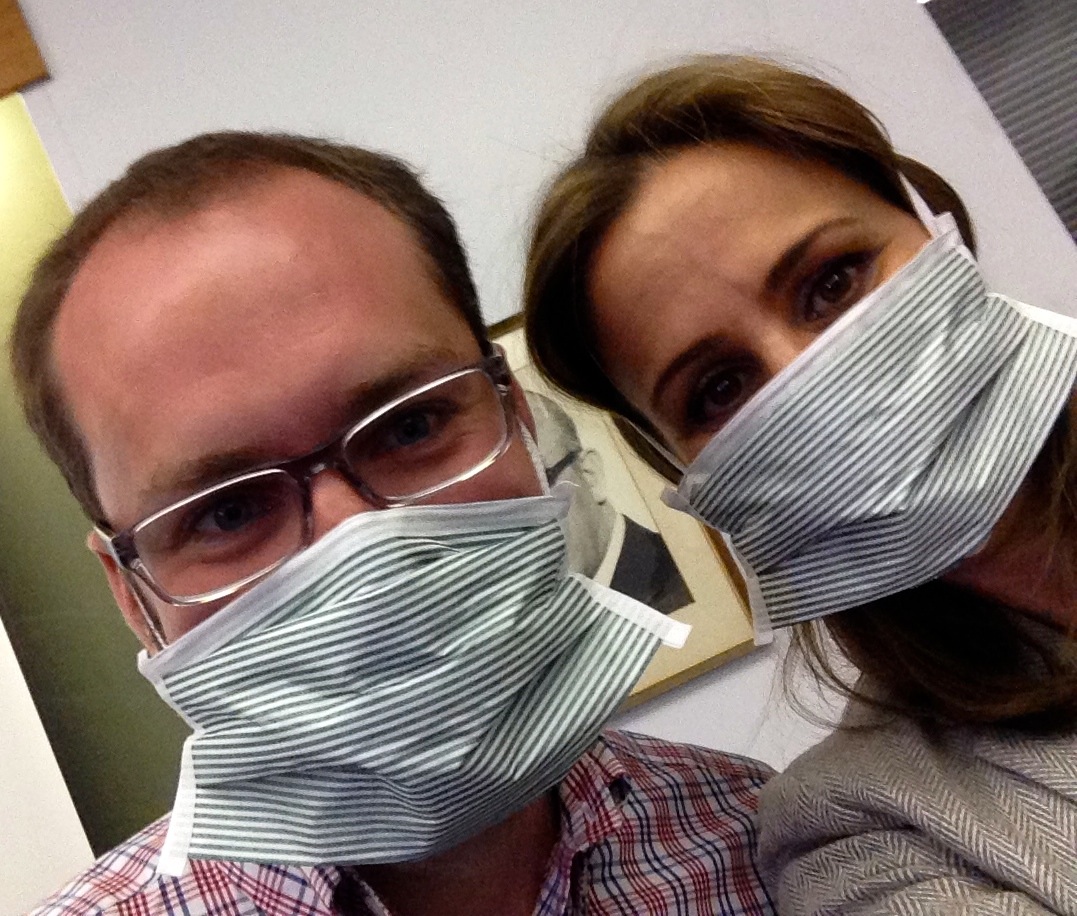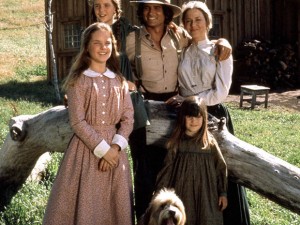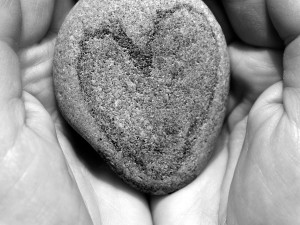I mentioned in a previous post I was invited to an autopsy and I went this morning. Having never been to an autopsy before, I had no idea what to expect but I tried to be open and not go in with my mind already made up.
My expectations
I think it’s normal to feel reluctance and fear at the thought of going to an autopsy, after all it’s not something most people would even consider doing. I tried to separate myself from the emotional part – that someone was feeling the pain of loss today and I was going to be there while the body was taken apart. If I could identify one thing that was most upsetting to me, it would be how the body was treated. I’ve watched my fair share of TV shows, but when Dexter or Christopher Moltisanti would cut up a body, I found that really disturbing.
So what did I expect? I expected to arrive at the reception area and get shuttled directly into an autopsy room where I would watch the entire event from beginning to end without preparation. I expected the room to be small—just one table and one person speaking into a recording device announcing all their findings as they reviewed the body. I expected the room to be made of stainless steel and maybe have a drain in the floor so they could hose down the room at the end of the day. I guess my expectations were in line with what most of us would expect – our only point of reference is what’s represented in TV dramas. There is no reality TV when it comes to autopsies.
What actually took place?
Dr. Norma Bowe teaches a “Death Class” at Kean University. There is a long waiting list to get into her class and she’s captured the attention of the news and media outlets accross the US. She challenges her students to face death head on with her lectures and unique field trips to autopsies, cremations and cemeteries (to name just a few). I was invited to join her and her students on their field trip to an autopsy.
Joseph Primo (Author of “What Do We Tell the Children?” and CEO of Good Grief) was also invited – he was my “date”. He picked me up and we distracted each other with inappropriate chatter and nervous laughter the whole way. Aside from getting lost, the ride was uneventful (never put two people who are easily distracted and have a poor sense of direction—despite GPS—in a car together).
Joe is a compassionate man and as we walked to the medical examiners office, he pointed out the people we were passing in the parking lot could have just identified the body of someone they loved. I was still trying to separate myself from the emotional part of what we were about to do. I was thinking “Would there be time to go to the bathroom before we saw the bodies? Was it good or bad that I didn’t eat breakfast? Is it possible I might throw up?”
We checked in at the front desk and went to a briefing room. We joined about 30 college students in a quiet room and took our seats. Dr. Bowe had a family emergency and could not attend – she sent faculty in her place. Maybe I will have to go back with her on another visit?
The Briefing
There was at least a full hour of presentation by the medical examiner. Given my research in the death space for Heart2Soul, somehow I never wrote an article on autopsies and the details were fascinating. I had no idea there was a difference between a coroner and medical examiner and I was surprised to see “sense of humor” added to the list of requirements for someone who holds this position. I guess nervous laughter isn’t so un-common after all.
We were eased into what we were about to see in the autopsy room. There were photos presented of organs and wounds and explanations about what a medical examiner might note about them. While graphic, none of this information was “gross”. It was scientific and authoritative. It was really interesting and I was just as engaged as the students who would have to write a paper about it for homework.
At the end of the briefing, they handed out masks and surgical booties and in groups of 10, we waited for “our turn” to go to the autopsy room.
The autopsy room
When I had surgery a few years ago and they wheeled me into the room, it was nothing like I expected. I expected a moody low lit room with a blueish-purple glow – but I was surprised at how white and bright it was. I had the same reaction walking into the autopsy room – it wasn’t what I expected.
For legal reasons, I was asked to not share the details of how or when this person died.
The room was tiled white, it was large and well lit. There was music playing and people bustling around. Just another work day for them. We lined up against the wall near the door—not because we were asked to—it just felt natural to position yourself as far as you could from the dead bodies. I held my bag on my arm tightly like an old woman on a bus. It was a tension reflex, nobody was going to take it from me.
There were three tables, the one directly in front of us was in the middle of the room and the autopsy was already in progress. On the table to the left, there was a fully clothed man. He was not the focus of the class, but I couldn’t help looking at him – he looked like he was taking a break or a nap. The body on the right was a female, she was naked, but the autopsy had not started yet. I was surprised at how her breasts laid – they were in her armpits.
The autopsy
We were the third group so the earlier students each saw a different part of the same autopsy on the middle table. My fear about being present when the body was cut open was no longer an issue. They were working inside the already opened chest cavity. I noticed how small the body looked. Opened up, the torso seemed tiny and the head was leaned back in a way that almost looked at us as we walked into the room, even though the eyes were closed.
The medical examiner’s mask had a plastic eye shield and (since his hands were busy inside the chest) he used his eyes to invite us to get a closer look. He showed us details we might not have otherwise identified and I noticed the grip on my bag start to loosen, though not completely relax. There was very little blood – where was the blood? Did they empty it before hand? It seemed very sterile and clean.
Almost everything needed to investigate this person’s life (or death) was in the torso of this body. Working his way up from the intestines, he cut around each organ so they were no longer attached to the cavity that held them in place. He freed the intestines, liver and lungs all giving generous clues to the way this person lived. When he reached the neck he explained how important it was to keep the arteries undamaged for embalming.
The next part happened so quickly it was hard to align the words with the actions. He said something about the tongue being really important, but I thought he meant the tongue could give more insight about the death. At the same time, he was reaching into the neck and twisting his wrist from side to side. He was making the chin move up and down like a ventriloquist but he wasn’t trying to make this person talk, he was trying to pull the tongue down through the neck.
I didn’t realize how the tongue fit in and forgot it was an actual organ. When the tongue was free from the mouth he used it like a handle to peel back the rest of the organs in a long train. The tongue now laid on the table between this persons legs as we explored the side of the organs that were previously facing the back. I know the role of the tongue in the digestive system, but it just never clicked that this organ was the first in a line of organs all held together in our torso and they were completely connected until they reached the exit part of our body.
By the end of our visit, we were as close to the table as we could get, standing on our toes to see over the others and get a closer look at the “clues” being presented. Fear turned to curiosity and my bag was finally free as my hands loosened around the strap. I still kept looking at the person on the left table, half expecting them to wake up.
So what happens to the parts?
All of the organs would be sampled with the remainder being placed in a bag, put into the cavity of the body and returned to the family or funeral home. This was one of my concerns – that the parts would just be tossed into the body. I’m not sure why, but this really bothers me.
Dr. Bowe’s students
I told a few people about my trip to the medical examiners office and reaction-wise there was little room for grey area. People either reacted with horror or fascination. Regardless of their reaction, most felt they would not be comfortable going to an autopsy but Dr. Bowe’s students surprised me. I’m not sure if it was generational or Dr. Bowe did such a great job preparing them for their visit – maybe it was both – but I expected a group of college kids attending an autopsy to shed at least a little drama on the situation.
Given Dr. Bowe wasn’t there this could have been an opportunity to let off steam or be inappropriate, but they weren’t. The students were respectful and interested and didn’t seem to present any discomfort about being there. Nobody threw up, passed out or had the slightest bit of hesitation – just curiosity. There were no tears or expression of fear. The common concern they had (and really the only concern) was the smell. The smell was a big concern and there was a lot of chatter about it. I ate chewing gum and didn’t notice a smell through the mask.
I also expected them to have googled autopsy photos before going (admittedly, I did) but nobody tried to soften the experience by looking into it ahead of time. They just showed up and experienced it. BRAVO.
We’re all just meat and bones
There’s something powerful about seeing a life-less body. Even though our bodies come in different shapes and sizes, it’s clearly just a shell of meat and bones. A vessel taking us on a journey. Every thought and trait a person has is learned from birth on. How they walk, talk, think, smile and even breathe is unique to them and when they die it’s gone. I’m not sure how it can be possible to live life after this and not want to make sure my vessel is prepared for a long journey. It just gave me perspective.
Joe left the autopsy, took me home and went to work. I spoke with him tonight and he’s still trying to process it all. Given his compassion and grief background, it’s only natural he’s reflecting in a way that’s appropriate for him. He’s concerned about the family of the person who died and the students who were in the room this morning. This is an experience we can say is unique to our friendship and his Ying and my Yang were the right fit for this trip. I’m looking forward to reading his reflections on todays events.
This was an experience I never thought I would have but I’m glad I did. I will admit, being in the room made me feel like I wanted to go home and shower and while I dabble in burning sage once in a blue moon, I did pull it out when I came home. I’m also getting that feeling I had ages ago when my brother brought home a deer from hunting – I didn’t declare myself a vegetarian, but I had trouble eating meat. So far veggies are all I can stomach right now.
I am very thankful to Norma and her students for allowing me to share this experience with them. It is one I will never forget.





